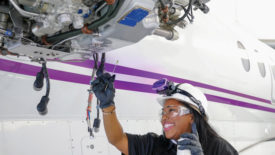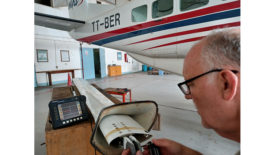Home » Keywords: » NDT training program
Items Tagged with 'NDT training program'
ARTICLES
NDT | Training
Where does the bulk of NDT training responsibility lie, in the classroom or in the field?
Read More
NDT | Trends
Taking Your NDT Certification to the Next Level
How a level II inspector can progress toward the goal of being a competent level III.
August 8, 2023
NDT | Training
Nondestructive Testing Training
There are many topics related to NDT training that might be confusing for anyone hoping to work in this field.
April 13, 2023
NDT | Training
The Need for Excellence in NDT Training
The technology of NDT deserves and requires excellence in training programs.
November 7, 2022
NDT | Training
NDT Training Programs: Components and Considerations
Is this training program sufficient to prepare a technician to perform critical examinations in the field of NDT?
November 7, 2022
Stay in the know with Quality’s comprehensive coverage of
the manufacturing and metrology industries.
eNewsletter | Website | eMagazine
JOIN TODAY!Copyright ©2024. All Rights Reserved BNP Media.
Design, CMS, Hosting & Web Development :: ePublishing







